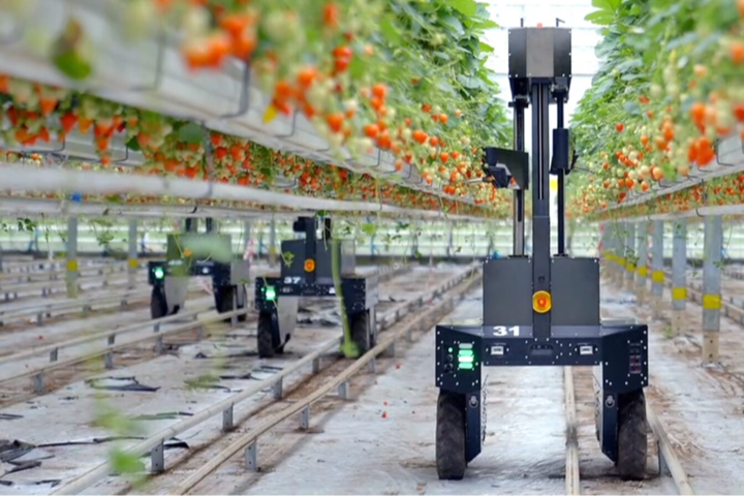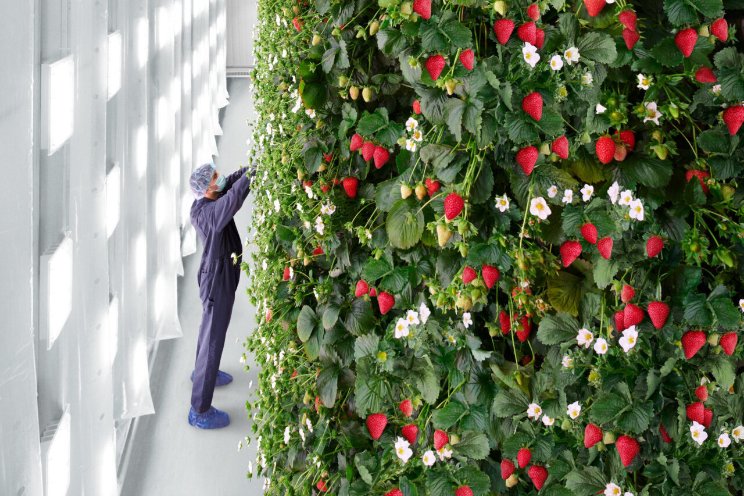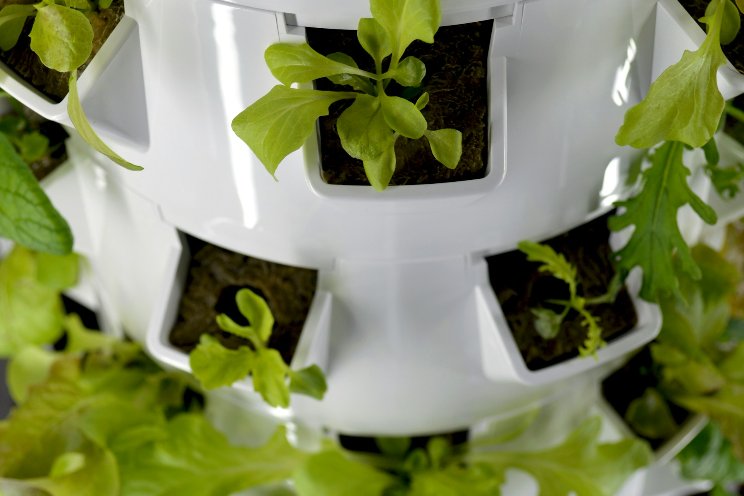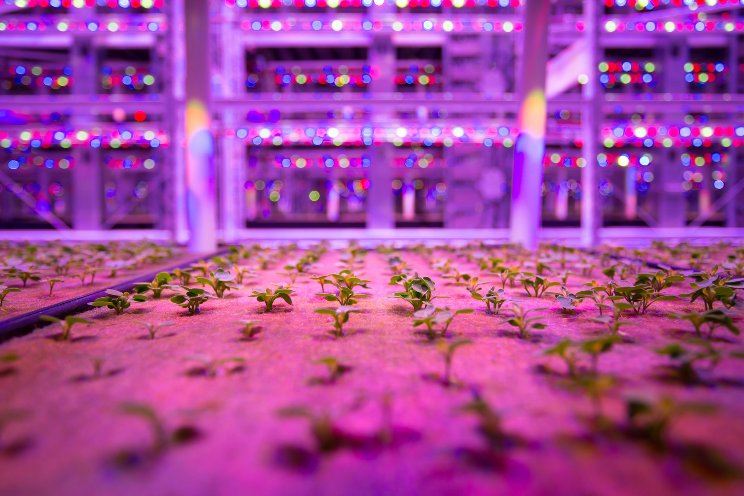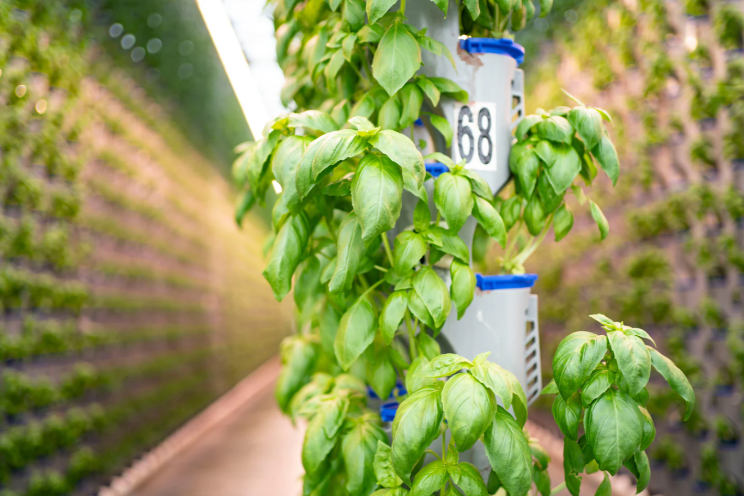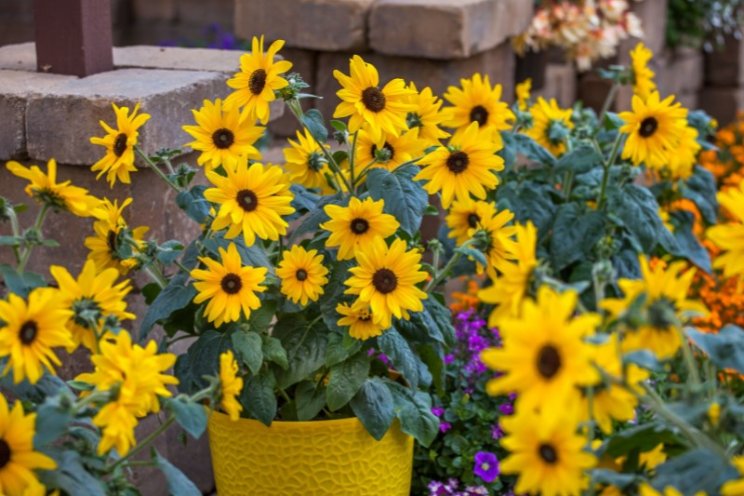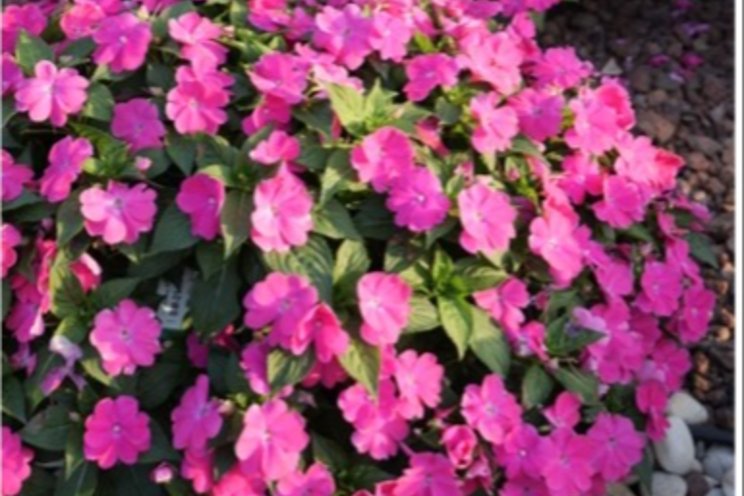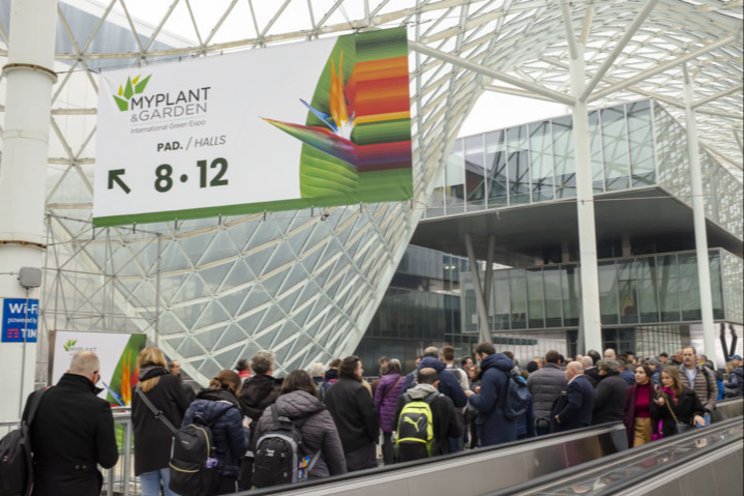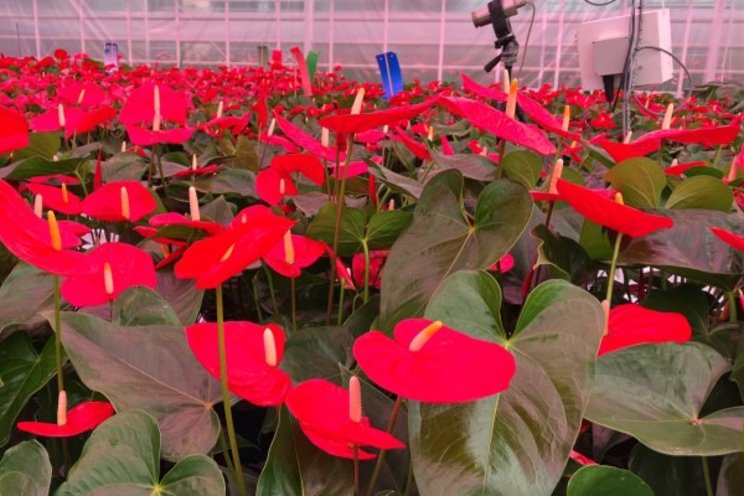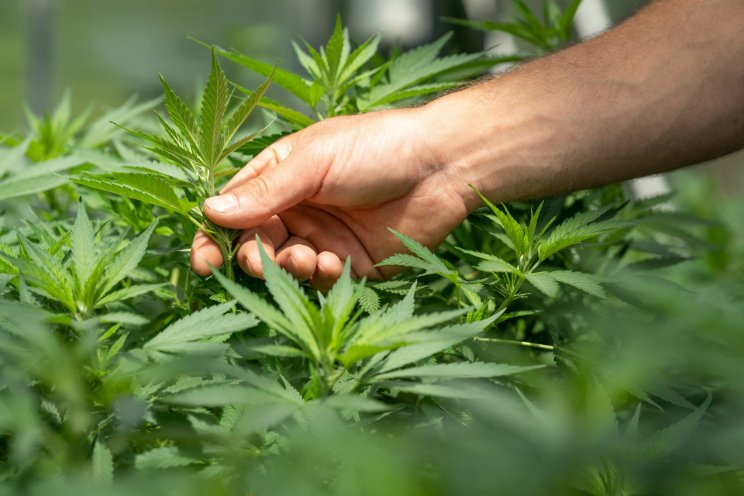IPM toolbox
Added on 08 January 2024

Mass trapping through traps, lures or trap plants can be an effective strategy for thrips. We’ve already seen that mass trapping cards really help with this pest (more on that, later). And, it seems that trap plants may also be an effective strategy when used properly in vegetative crops.
Why try trap plants?
Thrips parvispinus,
sometimes referred to as pepper thrips, has become a serious pest of tropical ornamentals such as mandevilla, dipladenia, hoya, schefflera and anthurium since it was first discovered in Florida in 2020.
Although pesticides are available for this pest, active ingredients are limited in ornamentals. Not surprisingly, resistance has already been seen in this pest to spinosad, (Group 5), spinetoram (Group 5) and cyantraniliprole (Group 28) in Ontario.
IPM Specialists in Ontario are making progress in developing effective biocontrol programs for T. parvispinus, but success with this pest is likely going to require a multi-pronged approach. Cultural controls, like trap plants, have proven effective in the past for western flower thrips and other pests. As T. parvispinus seems very attracted to flowers (Fig. 1), this seemed like a good approach to try.

On-farm tests of trap plants
Tests were conducted in a commercial greenhouse in Ontario where T. parvispinus had previously been controlled with pesticides in the 2022 growing season, but where the growers were interested in more sustainable control methods in 2023.
More news
